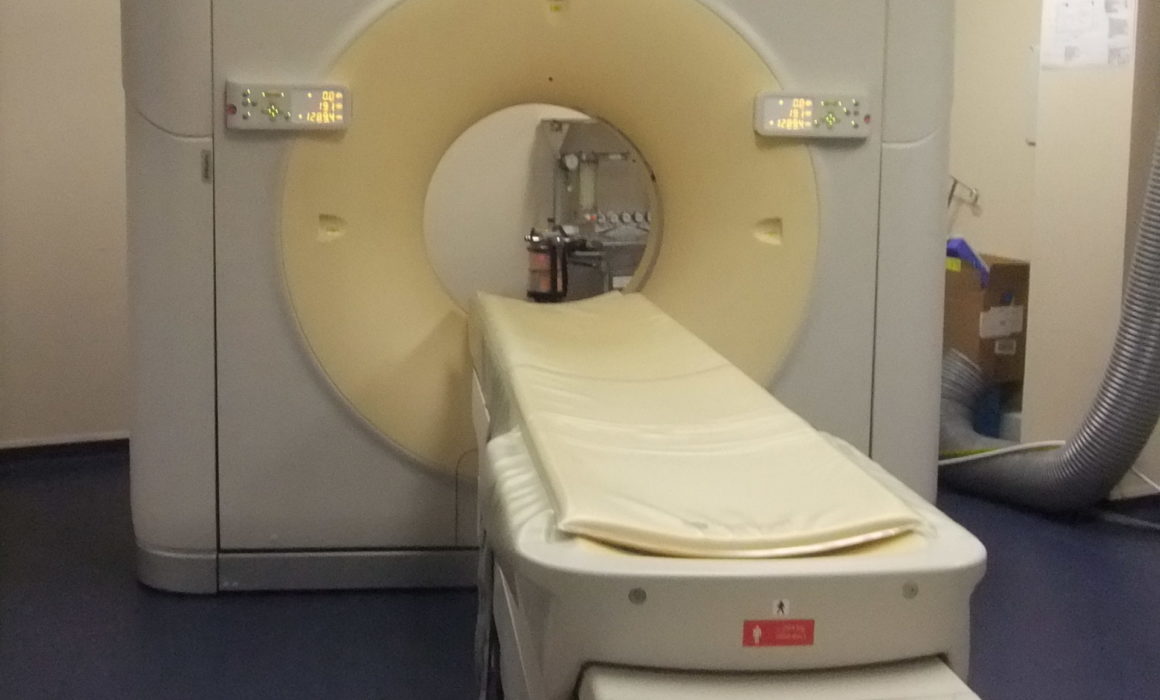CT as part of the Forensic Science SA toolkit
A post-mortem examination, or autopsy, is a forensic technique for learning about the conditions of a person’s health at the end of life. These are typically carried out as part of a coronial inquiry to establish the cause of death. A post-mortem may also provide information about undiagnosed medical problems of relevance to family members and the research community.
Typically, the post-mortem examination is carried out by pathologists in search of signs about the cause of death. This process must be carried out quickly, both to capture accurate information and to respect the cultural practices of the deceased’s family. However, Forensic Science SA (FSSA) has reported a backlog of post-mortem reports, delaying forensic justice processes and contributing to the distress of family members.
The CT and MRI scanners at the NCRIS-enabled NIF Node at LARIF, at SAHMRI, have supplemented the post-mortem processes of FSSA, including undertaking post-mortem radiology research projects. Due to the success of these procedures, FSSA has now purchased a CT scanner to create a digital record of deceased bodies as a non-invasive, easily stored, digital component of the post-mortem process. By providing additional information, helping direct the post-mortem or support the findings, this change in procedure will increase post-mortem efficiencies, reduce report wait times and ease delays in the justice system.
To learn more about the post-mortem examinations in South Australia, please see this SA Health information. This story was contributed by the LARIF Node.




